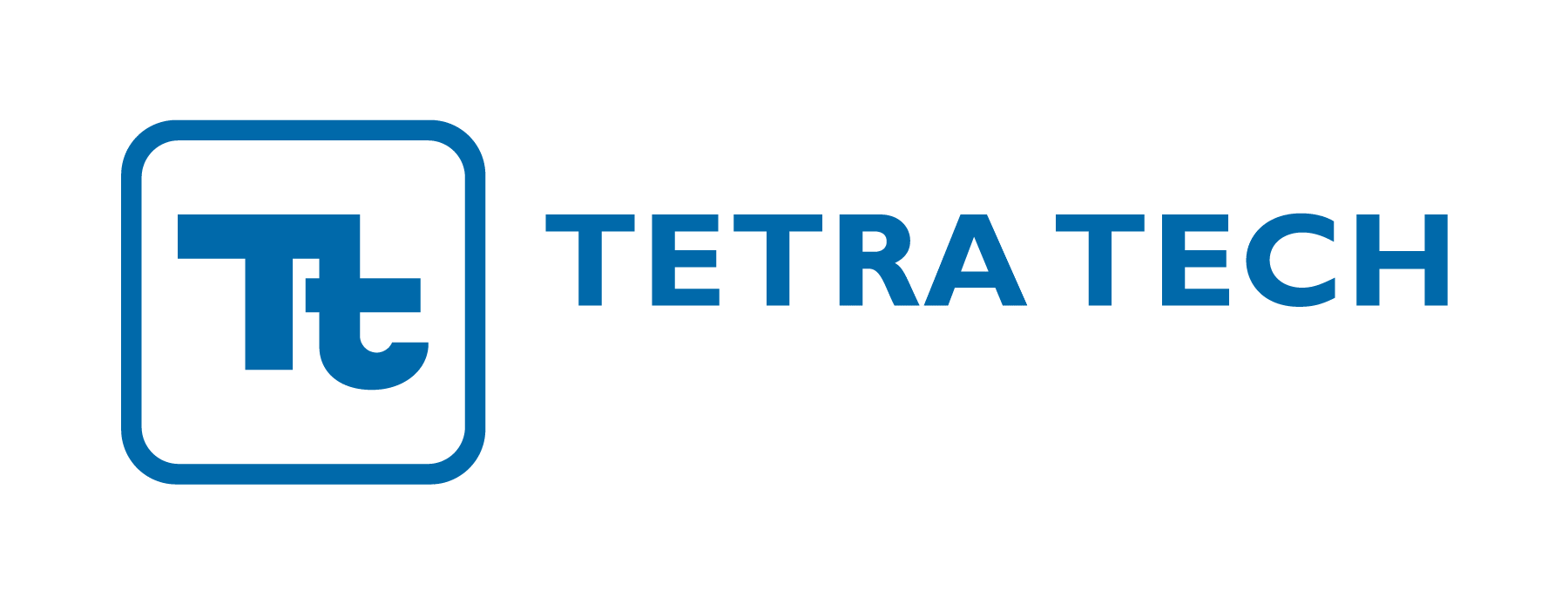Phthalates are a family of substances commonly used in many plastics today, enhancing everyday products with flexibility and endurance. They were a scientific breakthrough that had been a win-win for everyone.
Yet, now with greater understanding, phthalates have been classified as a Category 1B reprotoxin (endocrine disruptors) and thus have been the subject of many regulations in the European Union that restrict or require notification for specific phthalates.
These restrictions can mean major disruption to your operation, requiring you to change suppliers and/or to modify the entire makeup of your product itself. Yet as these restrictions are gaining more ground and becoming more comprehensive, it is ever-more challenging to determine whether or not you already comply with EU phthalate restrictions or need to take steps to comply.
Here we will be providing some clarity, focusing specifically of these implicated four phthalates:
bis(2-ethylhexyl) phthalate (DEHP) CAS 111-81-7
diisobutyl phthalate (DIBP) CAS 84-69-5
dibutyl phthalate (DBP) CAS 84-74-2
butyl benzyl phthalate (BBP) CAS 85-68-7
Phthalates and RoHS
As of July 22, 2019, the four above phthalates are restricted from inclusion in all homogeneous materials used in the manufacturer of Electrical and Electronic Equipment (EEE) (except for Medical and Measure and Control EEE which have until July 2021) in concentrations >0.1% by mass — as part of the RoHS directive (EU) 2015/863.
RoHS was intended to apply to all EEE and has been expanded by some manufacturers and importers to include a wide variety of products which one may not traditionally believe to be EEE. As a conservative approach you should strive to remove these phthalate substances from your products and supply chain to alleviate any EEE product interpretations and reduce risk of non-compliance.
Phthalates and REACH Candidate List (SVHC)
REACH covers all chemical substances whether used in industrial products, commercial products, retail products or in the manufacture of articles (finished products and their components). The regulation is broadly applicable and is in place to ensure the protection of the environment and human health from harmful chemicals.
These four phthalates fall under provision of REACH called the Candidate List or Substances of Very High Concern (SVHC). The regulation requires that all products that contain > 0.1% by mass of an SVHC must be accompanied by a notification to the user that an SVHC is present in the product and what safety precautions should be in place to prevent exposure.
If you have a product that is placed on the EU market, and that product contains a component (article) or is part of a chemical mixture that has one of the above phthalates within its chemical composition at > 0.1 % by mass, then you are required to notify the users of its presence and proper safe handling.
This may be accomplished with a product declaration and safety documentation. However, one should be sure that the product is not classified as EEE. If it is classified as EEE and you were to provide a declaration to the user that the product contains one of the RoHS phthalates, then you would be in violation of RoHS and be restricted from placing on the market.
Phthalates and REACH Annex XIV (Authorization List)
EU manufacturers, industrial users and consumers may not use a substance on the Authorization List unless approval has been granted by ECHA.
The four phthalates listed above require such Authorization for use as of May 2, 2015.
If you have are importing a product, mixture or substance which contains one of the phthalates above in a concentration >0.1% by mass, then your customer must have an Authorization in order to use it in the manufacturing of another product or to use it in general.
Phthalates and REACH Annex XVII (Restriction List)
Should you happen to make it this far down the list and your product still is not affected by any of the above regulations, then maybe this one will apply. These phthalates are also on the Restricted for use list. A summary of the restriction states these phthalates:
- Shall not be found in plasticized materials in toys and childcare articles at concentrations > 0.1% in total.
- Shall not be found in any article at concentrations >0.1% by mass effective July 7, 2020.
There are some exemptions for industrial, agriculture, automotive and aerospace applications, but only if the materials does not come into contact with humans and foods.
Conclusion
The EU is not the only government looking to remove phthalates from the market, however, they are currently the most active. Enforcement activities are initiated and non-compliance to any of these regulations could lead to fines, loss of market and potentially criminal negligence. Each member state has the opportunity to enforce these regulations uniquely. If your product in sold across multiple member states, then you would then be exposed to multiple penalties.
If phthalates are in your product, it is vital you look for alternatives now. The regulations on these phthalate substances are based upon their health hazards. And since all Phthalates share the same basic chemistry, it should be of no surprise that additional phthalates substances are being investigated for regulatory action as they come onto the market. For the long game, manufacturers should be looking to remove all phthalate substances from their product matrix and supply chain.
Contact us today to learn more at [email protected].






